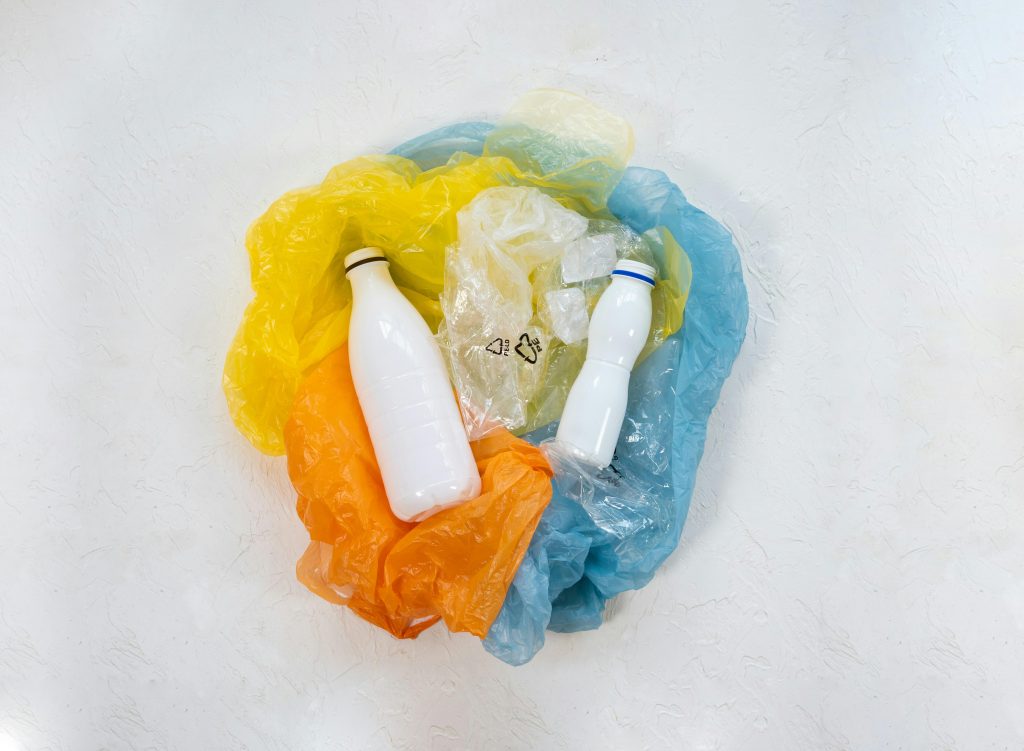Here’s the deal: can you burn plastic at home? While no law might explicitly stop you from burning small amounts of plastic in your backyard in some places, it’s generally frowned upon—and for good reason.
Burning plastic at home releases harmful toxins into the air that you, your family, and your neighbors breathe.
In countries with strict environmental laws, even small-scale plastic burning can result in hefty fines.
So, while it might seem convenient to toss a plastic bottle into a bonfire, the risks far outweigh the benefits.
Why Is It Bad to Burn Plastic?
If you’ve ever asked yourself, “Is it bad to burn plastic?” the answer is a resounding yes. Here’s why:
- Immediate Health Risks: Breathing in plastic fumes can cause nausea, headaches, and irritation to your eyes and throat.
- Long-Term Damage: Prolonged exposure increases the risk of severe illnesses like cancer, liver damage, and immune system disorders.
- Environmental Impact: Burning plastic contributes to air pollution and climate change.
In short, burning plastic might seem harmless, but its effects can linger for decades.
Does Melting Plastic Release Toxins?
Yes, melting plastic releases toxins, though not as many as burning plastics. When plastic is melted at low temperatures, it releases volatile organic compounds (VOCs), which can irritate the lungs and cause respiratory issues.
However, the real danger comes when plastic is melted in uncontrolled settings, where temperatures can spike and release highly toxic substances like dioxins.
So, even if you’re not setting plastic on fire, melting it isn’t a safe or eco-friendly alternative.
What Happens When You Burn Plastic?
Wondering what happens when you burn plastic? Here’s a step-by-step breakdown:
- Chemical Breakdown: The plastic starts to break down into smaller molecules.
- Toxin Release: Harmful chemicals like dioxins, furans, and carbon monoxide are released into the air.
- Air Pollution: These toxins mix with the air, contributing to smog and respiratory problems.
- Soil and Water Contamination: Ash and residue from burned plastic can seep into the ground, polluting local water sources.
How Much Burning Plastic Is Toxic?
Even a small amount of burning plastic can release enough toxins to cause harm.
Studies show that just a few grams of burning plastics can produce significant amounts of dioxins, which are dangerous even in trace quantities.
Why Can’t We Burn Plastic for Waste Management?
Why can’t we burn plastic to solve our waste crisis? The simple answer is that burning plastics isn’t sustainable.
Here’s why:
- High Energy Costs: Burning plastic requires significant energy to reach the necessary temperatures.
- Pollution: The process releases more toxins than it removes waste.
- Better Alternatives: Recycling, composting, and reducing plastic use are far more effective and environmentally friendly.
What Are the Alternatives to Burning Plastics?
So, if burning plastics is harmful, what can you do instead? Here are a few alternatives:
- Recycling: Always check if your local recycling facilities accept the type of plastic you’re discarding.
- Reducing Usage: Opt for reusable bags, bottles, and containers to minimize plastic waste.
- Composting (for Bioplastics): Some biodegradable plastics can be composted safely.
Final Thoughts
Burning plastics might seem like a quick fix for waste disposal, but it’s far from harmless. Whether it’s the immediate health risks, the environmental damage, or the legal consequences, the act of burning plastic comes with serious downsides.
So, the next time you’re tempted to toss a plastic item into a fire, think twice.
Consider recycling, repurposing, or reducing your plastic use instead. This way, you’re also contributing your quota to protect the environment.
